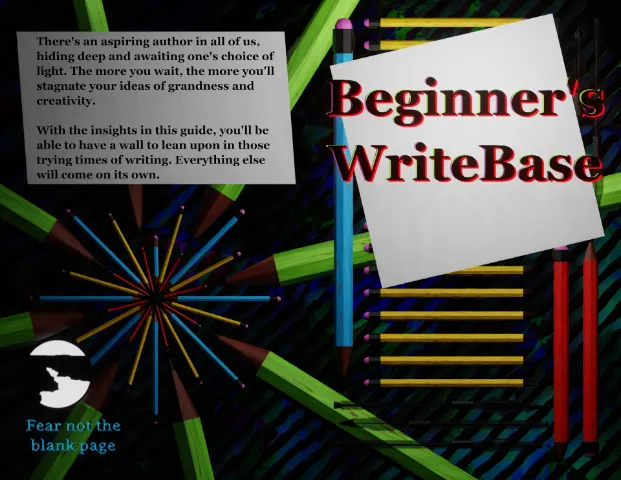Chapter 7
Marrow of a Story
The content’s sum of a story is not a small range, so I’ll put the most important parts of it here. You don’t need to know everything in order to start the writing process, as you just need the basics.
Characters
- Protagonist
This character is the soul of your work, as they are the one character to whom the reader will have the deepest emotional attachment to. They move the story forward, while undergoing the process of the Hero’s Journey. Along the journey the protagonist faces challenges which would either be conquered or succumbed to. These challenges are derived from antagonists.
- Antagonist
This character goes against the beliefs of the protagonist, hence, the beliefs clash and create the antagonism and problems those antagonized need to overcome. There can be more than one or two antagonists in a story.
They shouldn’t be labeled or created as evil, unless such is the purpose of the plot and the type of story. Antagonists can just be characters who do not agree with the protagonist’s views or actions, while the actions and views of the protagonist can be wrong altogether.
- Antihero
This type of character works like a main character, but all they do is for their own self-interest, no matter the costs of their choices.
- Minor or Supporting Character
These characters just fill the atmosphere of the story. They’d show up one or twice and do not have a significant value to the plot.
Sizes:
- Short Story (600-2,000 words or 2-6 pages)
- Novelette (7,000-17,500 words or 20-51 pages)
- Novella (17,500-40,000 words or 51-117 pages)
- Novel (50,000-100,000+ words or 147-294 pages)
Narrative Structures:
- Linear narrative
This narrative follows a chronological order and doesn’t deviate from it. It walks one path that is forward, and has the mission to determine and introduce the main characters and plot.
- Non-linear narrative
It introduces sections from the story that aren’t in a chronological order. They can briefly include future events that are to happen. It uses switching between time and order to create effects of disinformation, or an introduction to a major plot point that is to keep the reader hooked on down the river of words.


